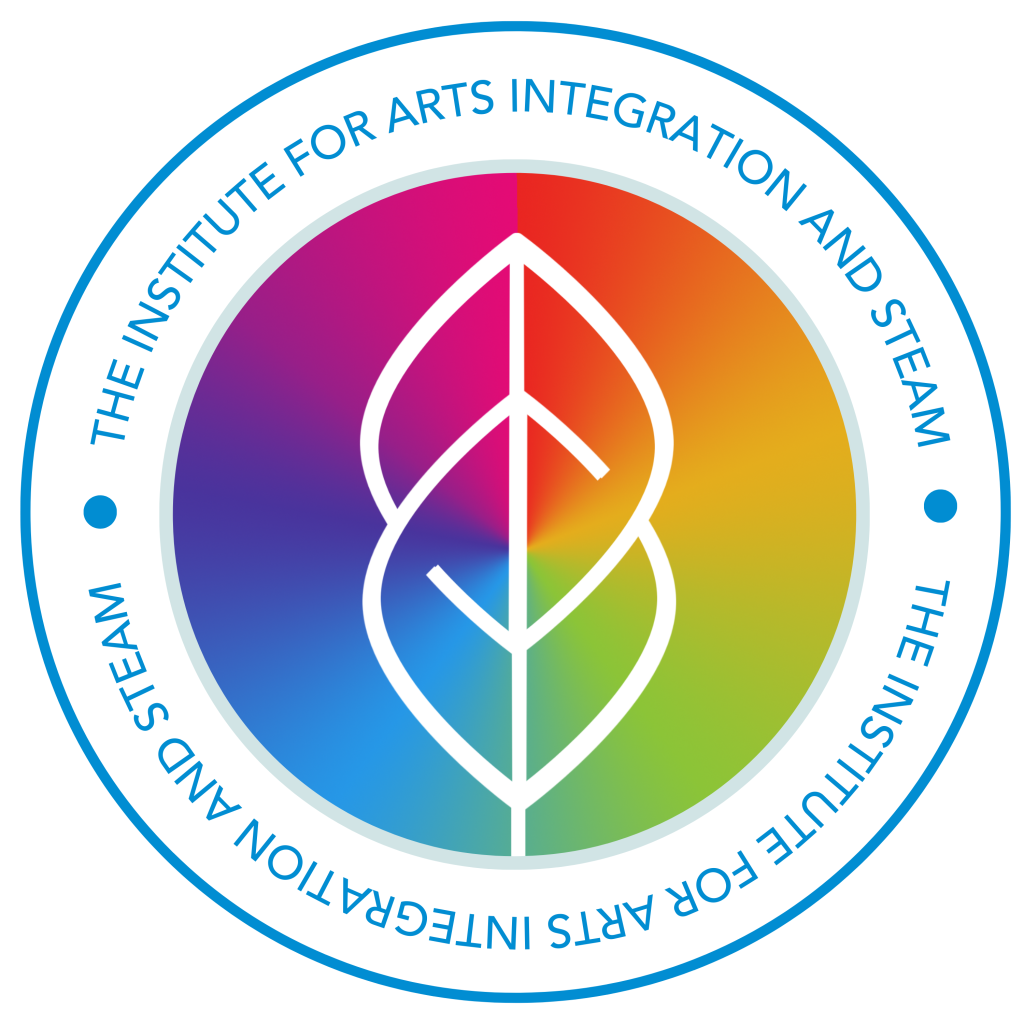Deirdre Moore | January 2013
Now That's Getting Personal!
When something is getting personal, we care deeply about it; it carries meaning for us. It stands to reason, then, that the more personal we can make learning, the more our students will care about that learning. One great thing about art is that you cannot truly make it without revealing something personal and you cannot truly perceive it without allowing some part of you to be touched or affected. Art is personal by its very nature. Therefore if you want students to care about their learning, involve art!
I must caution, however, that involving art does not automatically make it personal. Allow me to give you an example. I was designing a math lesson on the concept of time emphasizing how the clock is broken up into five minute increments. I was using dance to explore this by laying out the hours on a clock in a circle on the floor and having the students dance to a piece that was written with 5 beats per measure so that every 5 beats they arrived at a new number and changed their movement to reflect the next set of 5 minutes.
I thought it sounded like a fun way to explore how clocks are divided to measure time, a musical piece written in unusual meter, and ways to manipulate the elements of dance to create variety. It did involve the arts but it was not terribly personal. Why should the students care about this learning? After presenting this lesson to some fellow arts educators and discussing it with them, I found some ways to make the learning more personally meaningful.
Give the students a moment to identify and imagine a clock that they or a loved one uses. It could be a watch, a grandfather clock, the digital clock on the stove or a cell phone. Allow the students to find personal space, put on the music and encourage the students to move like that clock. You may see a student laying on the ground swinging his arms in circles, another standing with her arms hanging in front of her body as she swings her arms like a pendulum side to side, still another moving robotically with straight lines and sharp stilted movement like the slow changes on a digital clock.
With this quick activity to begin the lesson, the students have an opportunity to make a personal connection to the material. It just might make the entire lesson more memorable and inspire or inform the movement of the students as they "dance" the clock. It's a minor adjustment to the plan but could mean a major shift in investment of the students.



